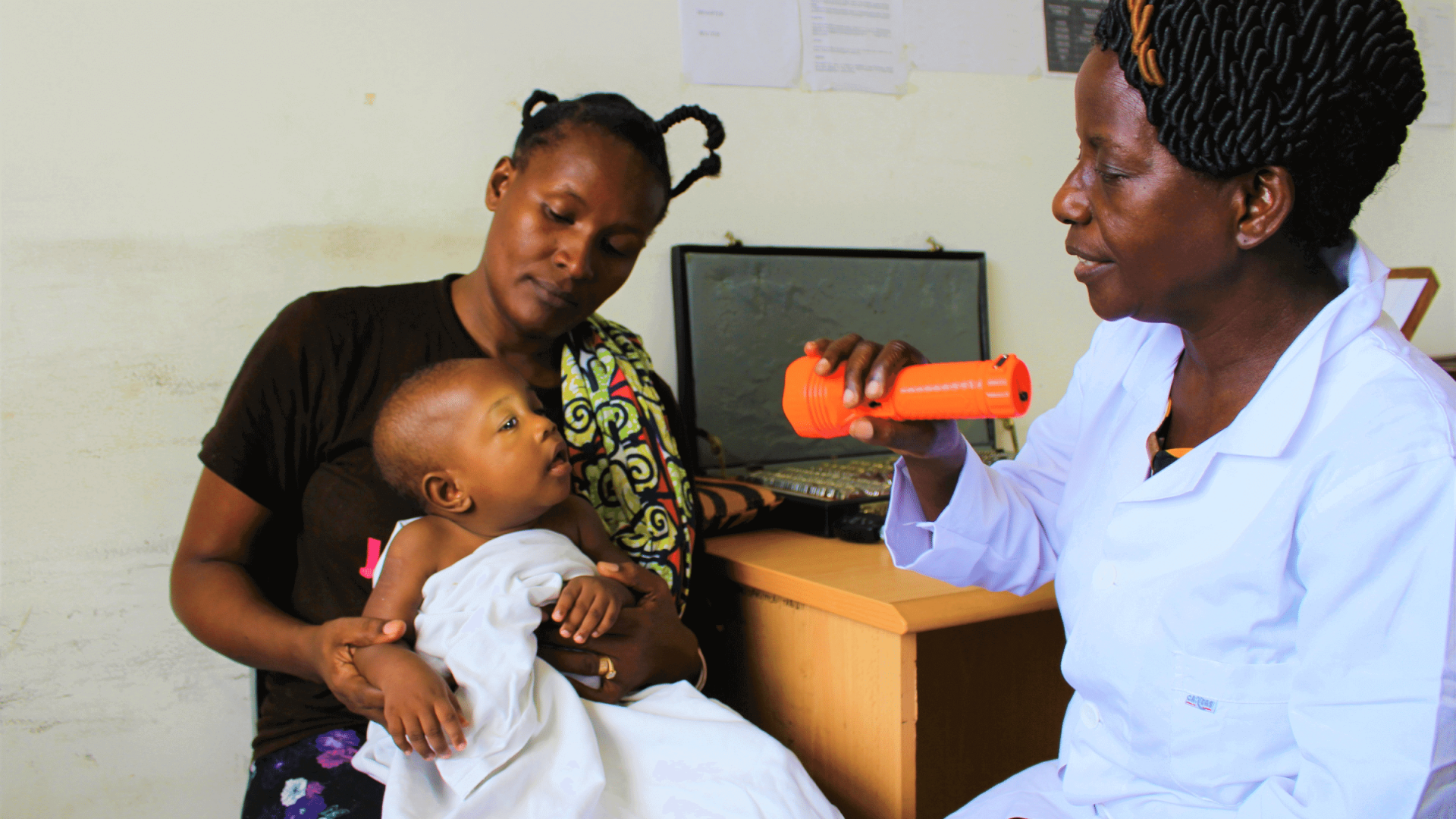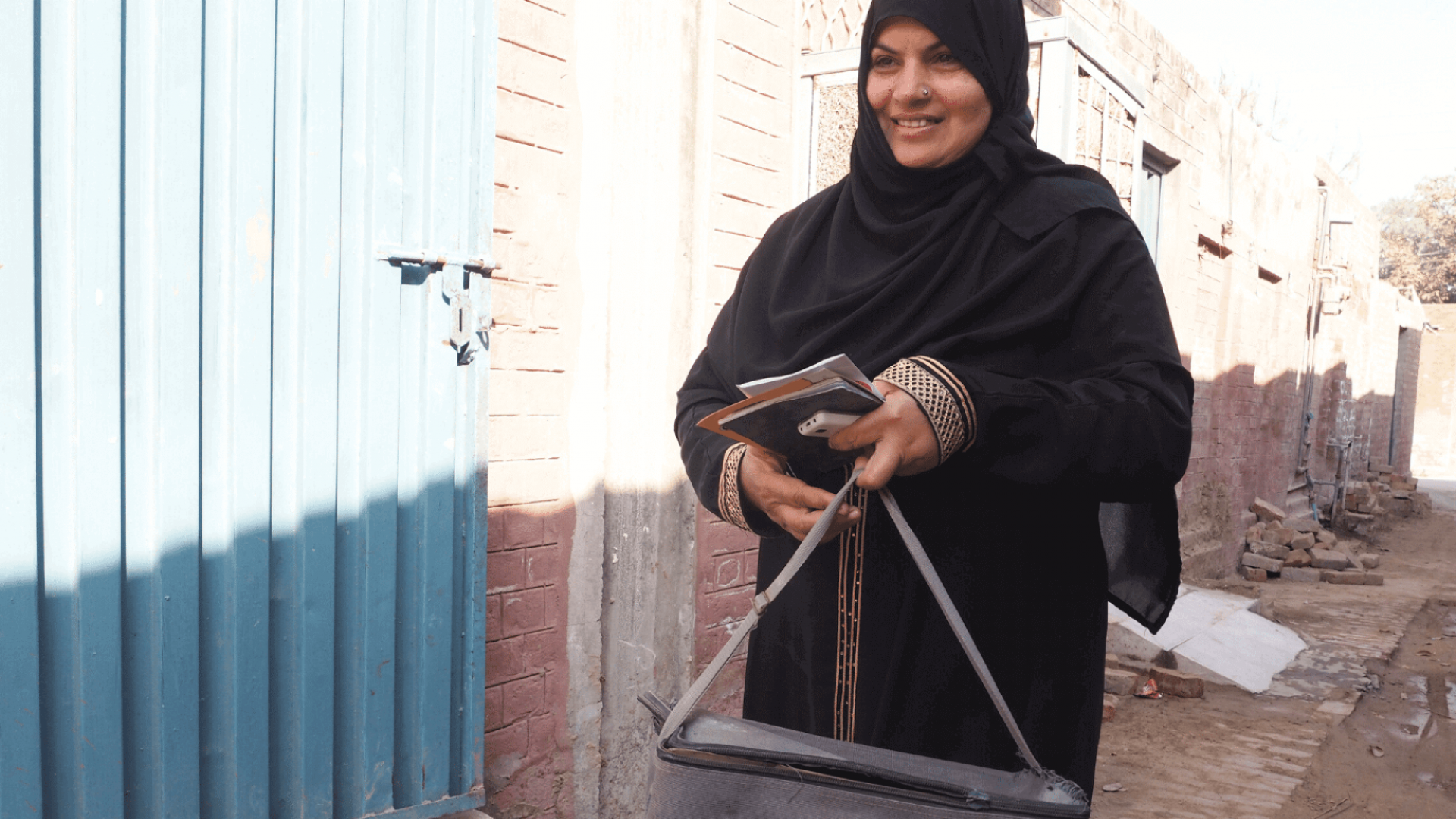Corneal blindness in children in LICs can be prevented by evidence-based interventions, such as vitamin A supplementation, measles immunization, and ocular prophylaxis of the newborn.1 Treatable conditions, such as cataract, glaucoma and retinoblastoma need to be detected and managed early to improve outcomes. Recognising that primary health care (PHC) has a key role in delivering these strategies, in 2002 WHO recommended ten activities to improve child eye health, for delivery by PHC workers.2
Ten key activities to promote healthy eyes in children, for integration within Maternal and Child Health services.
| Control of conditions which can be associated with vision loss | |
| Vitamin A deficiency | 1. Give vitamin A supplements to children routinely |
| 2. Give vitamin A supplements to mothers after delivery | |
| Measles | 3. Promote breast feeding and good nutrition |
| 4. Give vitamin A supplements to children with measles or malnutrition. | |
| 5. Immunise children against measles | |
| Control of ocular conditions | |
| Conjunctivitis of the newborn | 6. Clean the eyes of babies at delivery and apply antibiotic drops |
| Trachoma | 7. Keep children’s faces clean |
| Cataract/retinoblastoma/ocular abnormalities | 8. Refer children with poor vision, white pupils or ocular abnormality to an eye worker |
| Traditional eye remedies | 9. Avoid the use of traditional eye medicines |
| Trauma | 10. Refer children with history of injury to an eye worker |
In 2010 a pilot study was undertaken in urban Tanzania in which staff in primary reproductive child health clinics were trained in the ten activities to prevent or detect eye conditions.3 Before training, staff had poor knowledge of eye conditions and how to manage them, and lacked confidence in examining children and knowing which to refer. After training their knowledge and skills improved, with improvements largely maintained at one year. Staff changed practices, reinstating ocular prophylaxis for newborns and including eye conditions in health education for mothers.
Subsequently, a larger mixed methods study was undertaken in rural Tanzania, with a view to using the findings to advocate for eye conditions to be integrated into routine PHC for children. Key findings were that staff and mothers had poor knowledge of eye conditions, staff had inadequate case management of eye conditions, and only 24% of children aged 9-24 months had documented evidence of receiving ≥1 dose of vitamin A. Health education did not include eye conditions and staff did not counsel carers about eye problems. Service delivery was sometimes hampered by stock-outs of measles vaccine and vitamin A supplements.
In 2018, the Tanzanian Ministry of Health included a new module on eye conditions in the in-service training curriculum for the Integrated Management of Newborn and Child Health (IMNCH), WHO’s global programme for facility based PHC for young children. The eye module was developed in collaboration with the Ministry of Health and IMNCI trainers. A subsequent study showed that training PHC workers in IMNCI including eye care improved their knowledge and skills and was acceptable. The eye module is now fully integrated into routine IMNCI training in Tanzania, undertaken district by district, targeting to train of >60% of all IMNCI staff. More than 2000 PHC workers have been trained to date.
- Malik ANJ, Mafwiri M, Gilbert C. Integrating primary eye care into global child health policies. Arch Dis Child 2018; 103(2): 176-80.
- World Health Organization. A five year project for the prevention of childhood blindness: Report of a WHO Consultation. Geneva: World Health Organization, 2002.
- Mafwiri MM, Kisenge R, Gilbert CE. A pilot study to evaluate incorporating eye care for children into reproductive and child health services in Dar-es-Salaam, Tanzania: a historical comparison study. BMC Nurs 2014; 13: 15.


